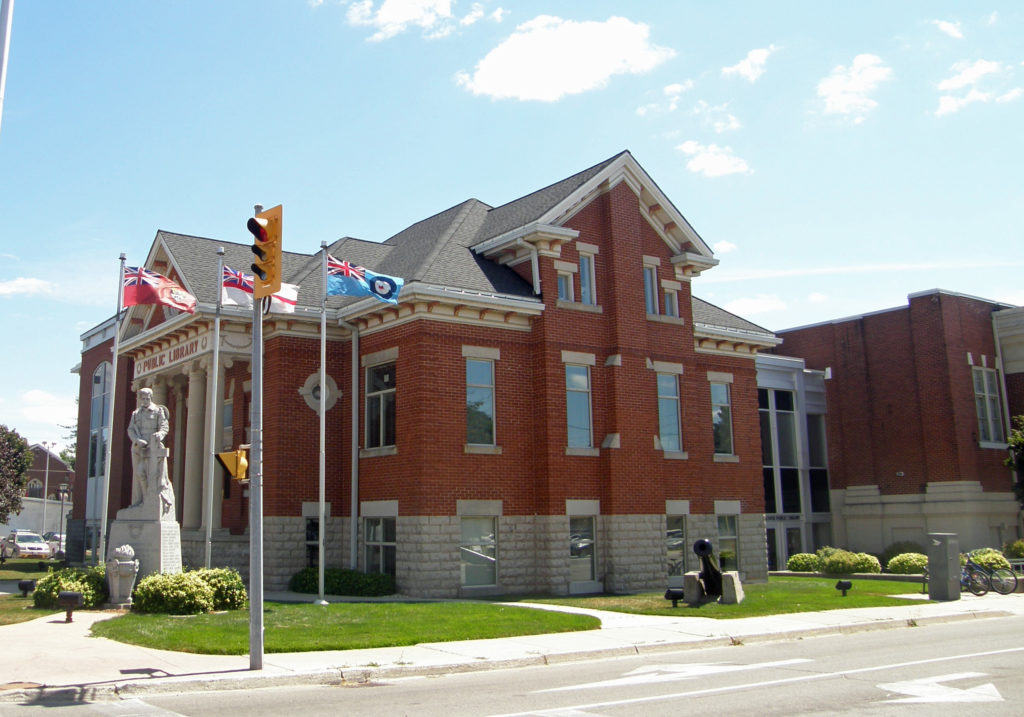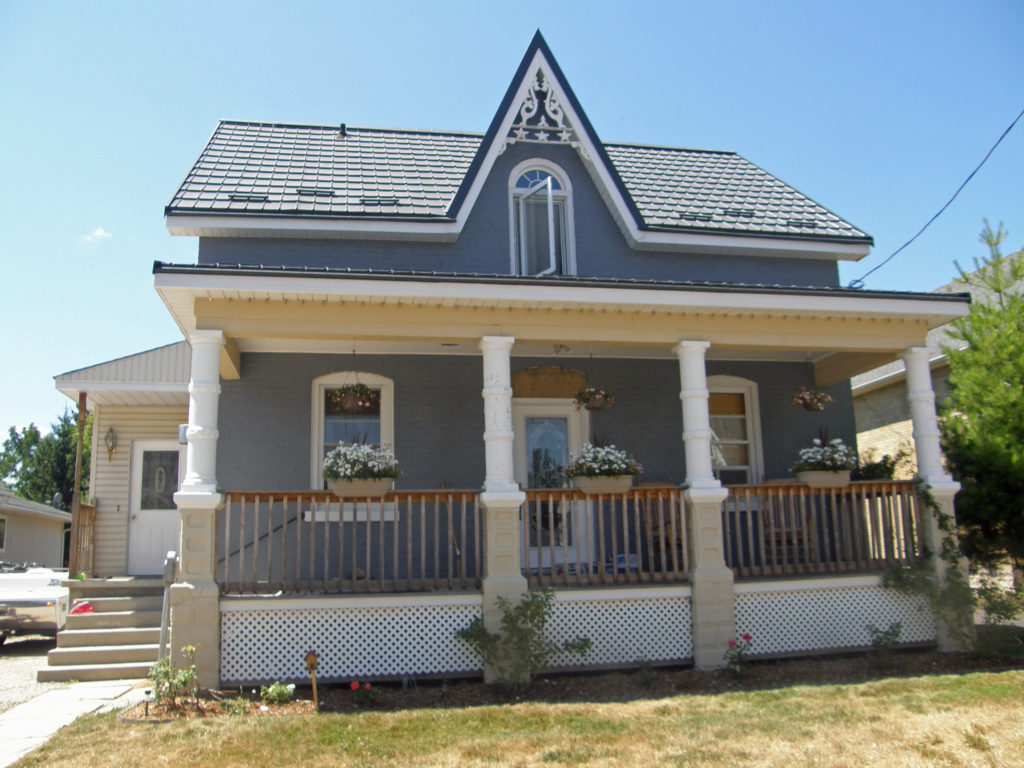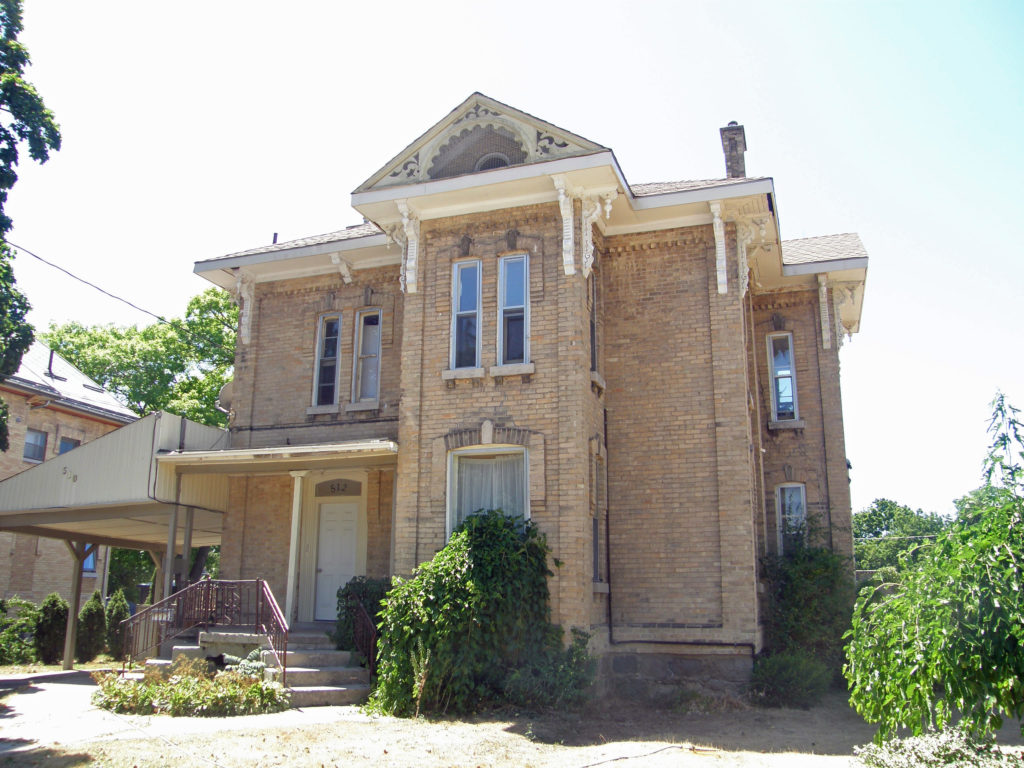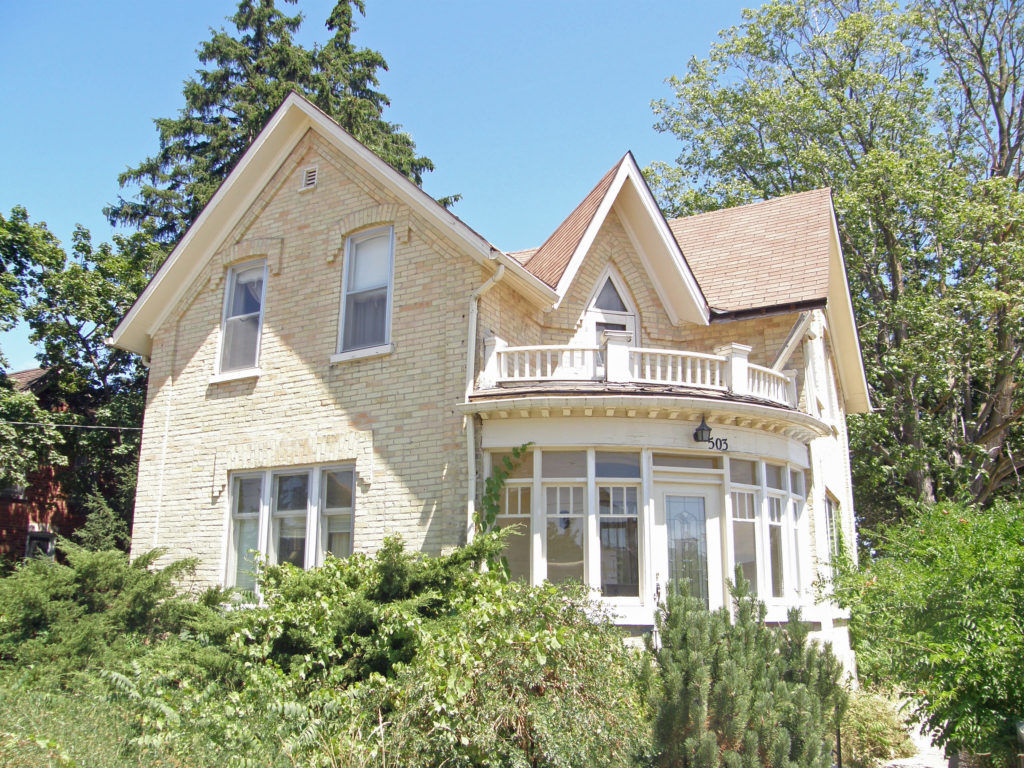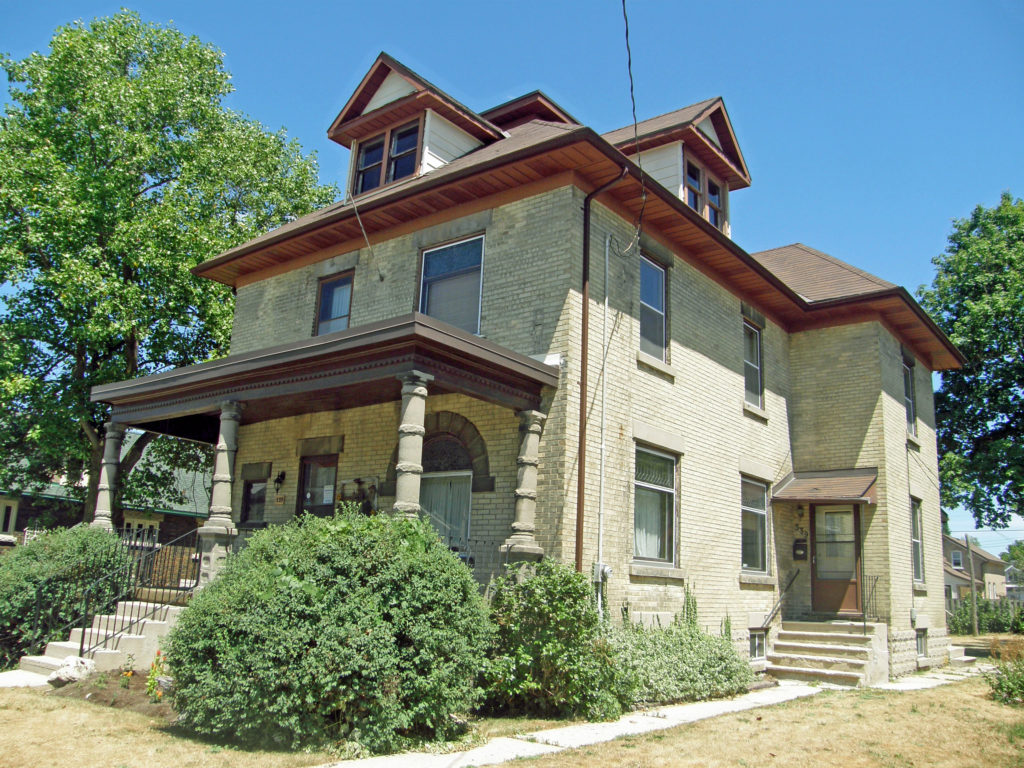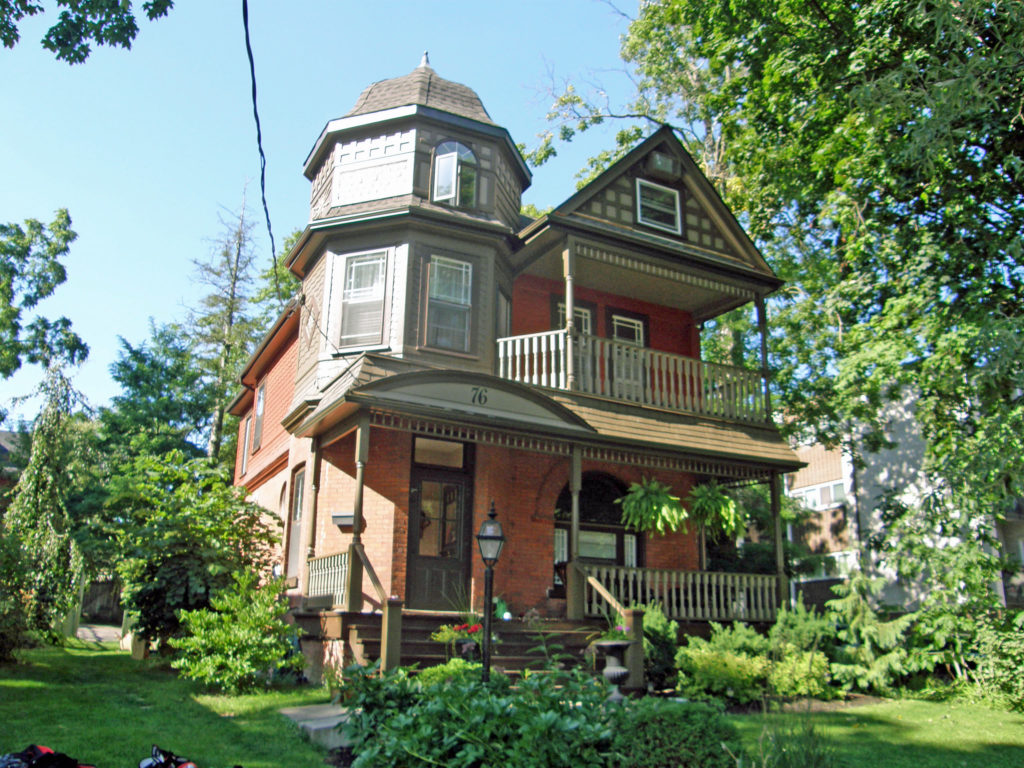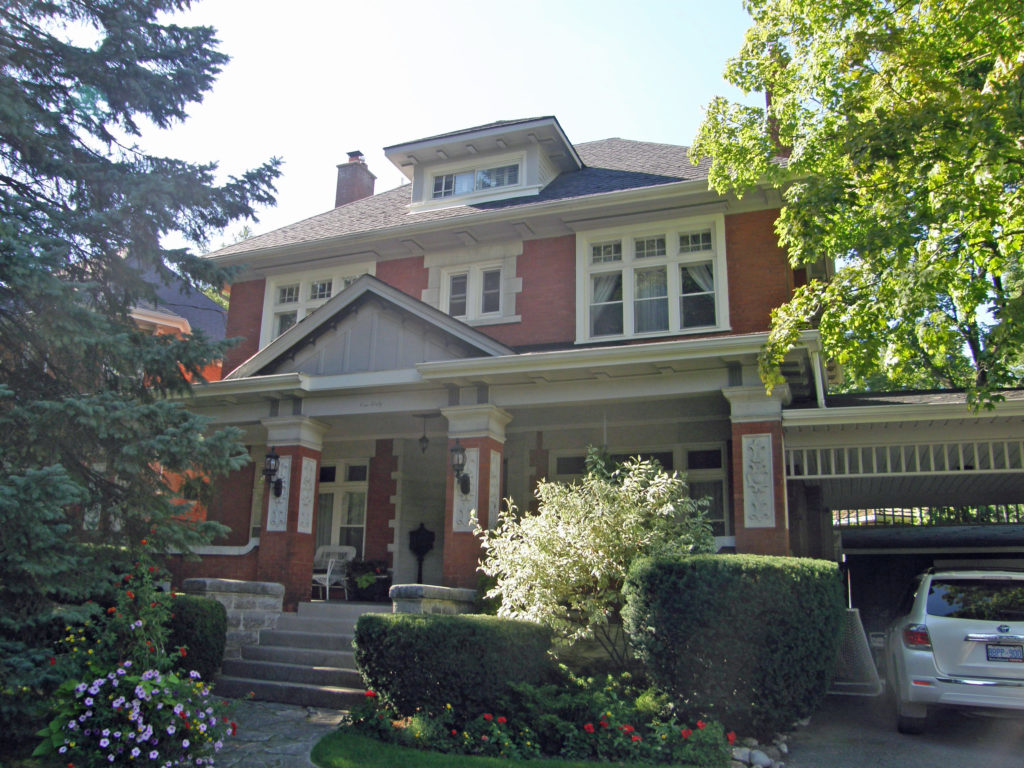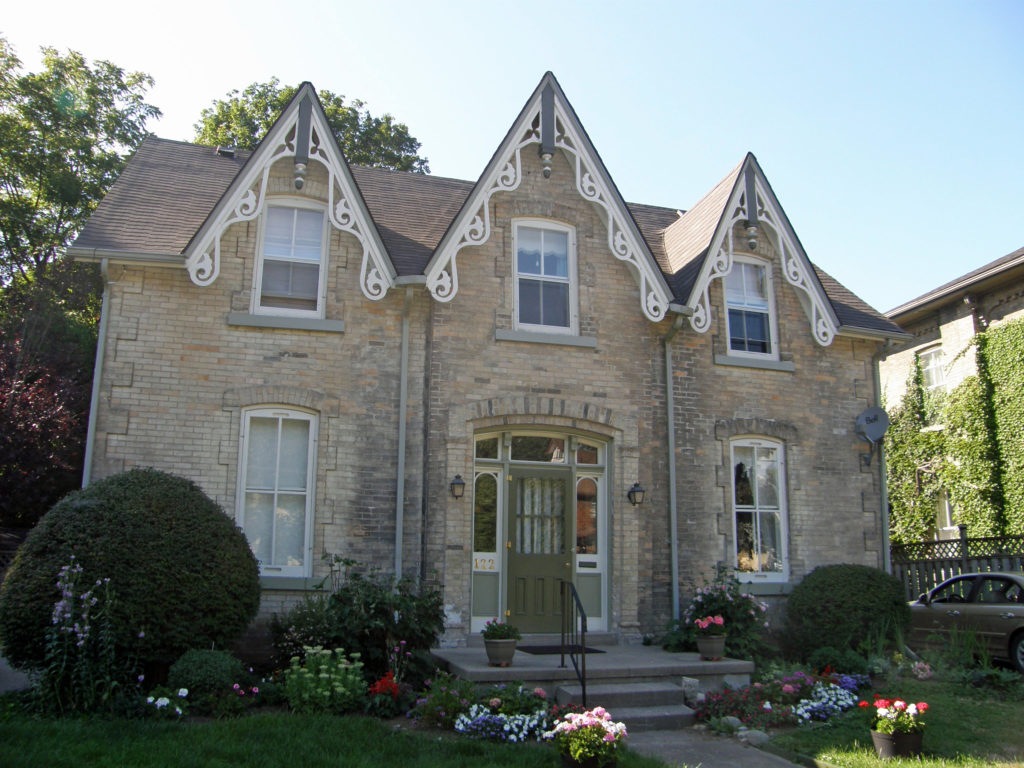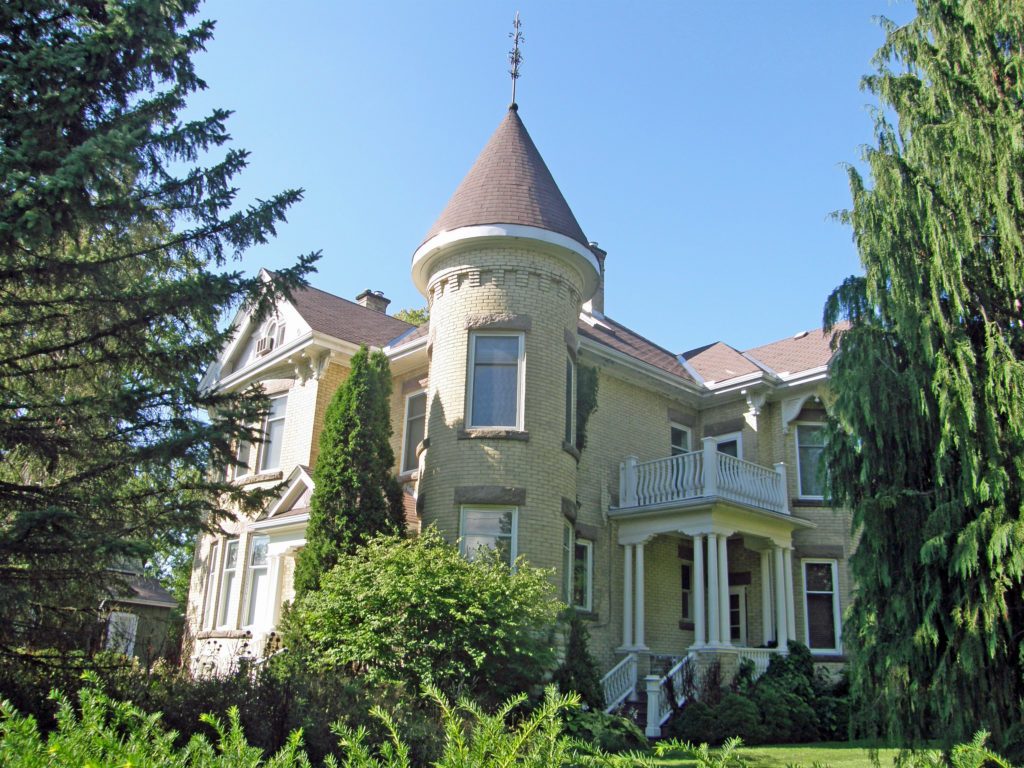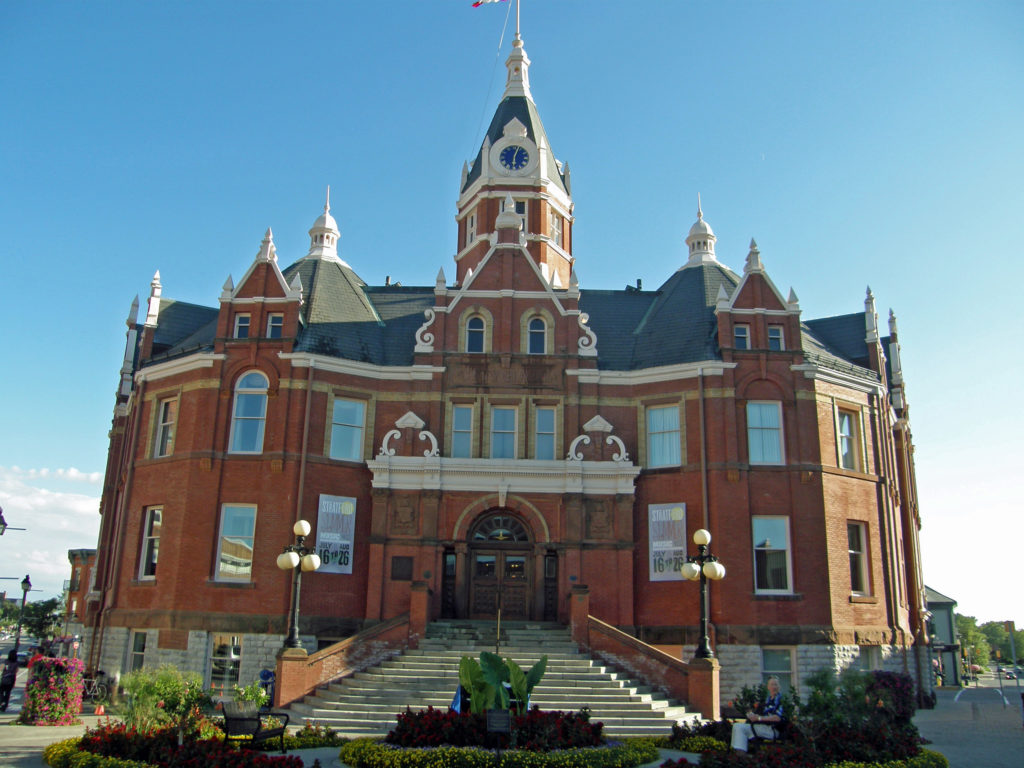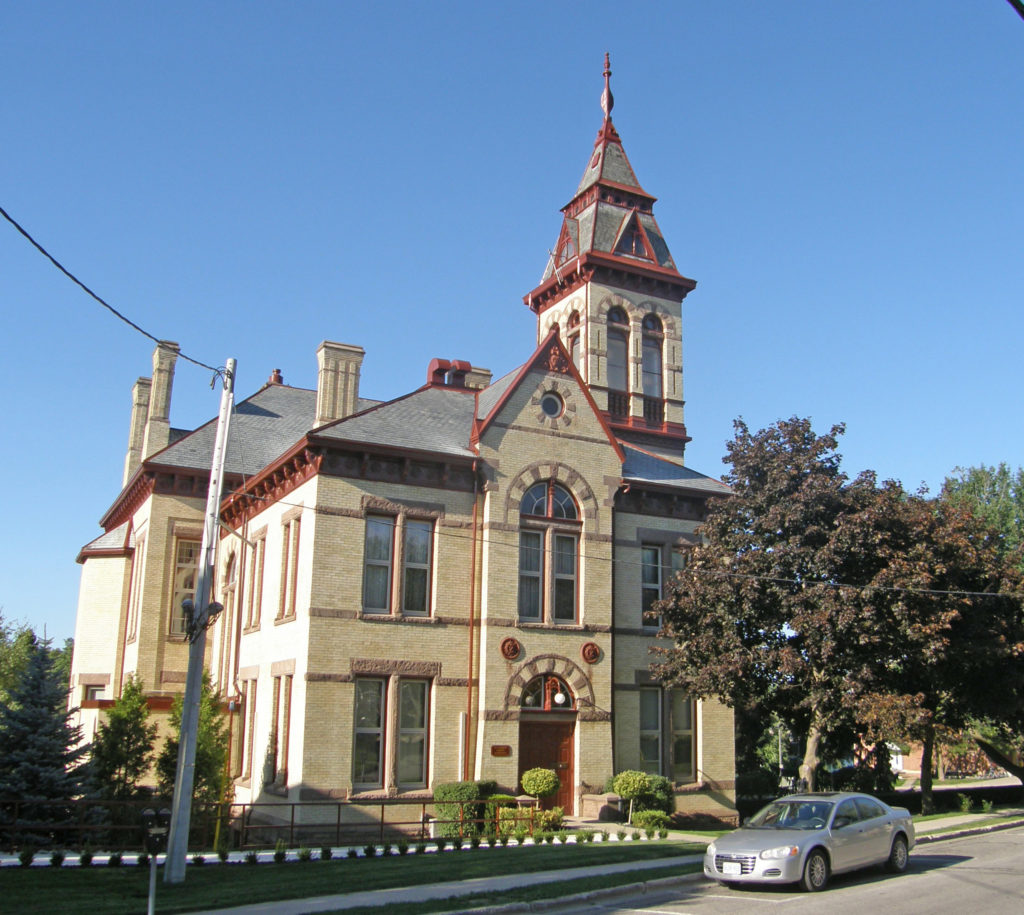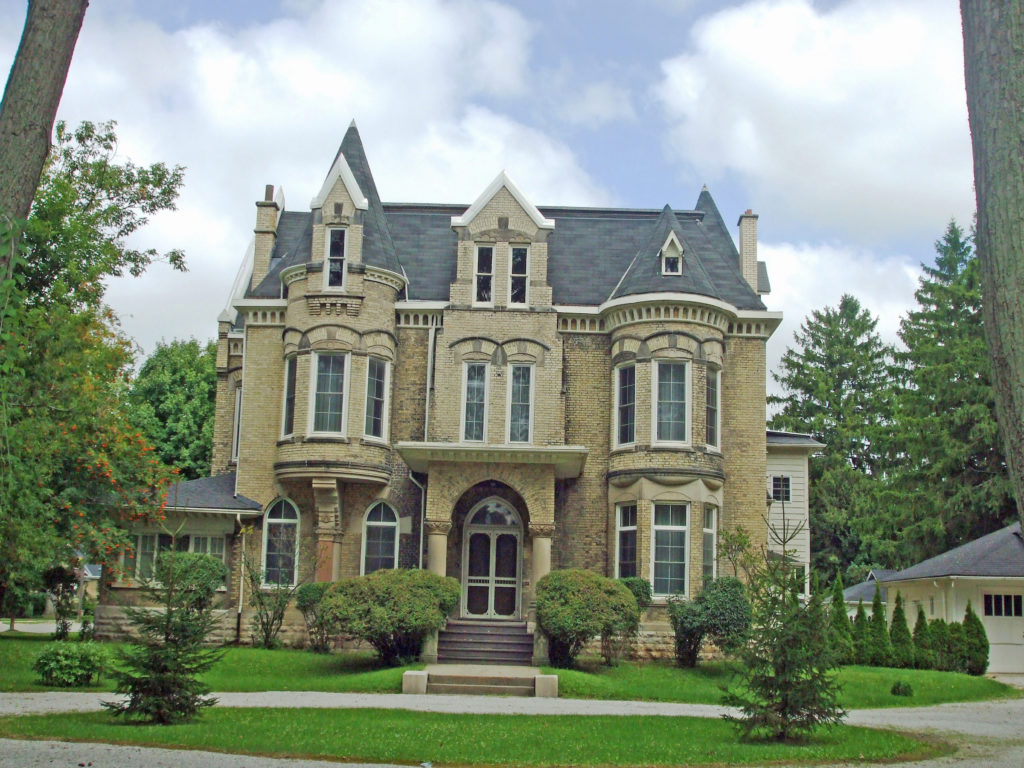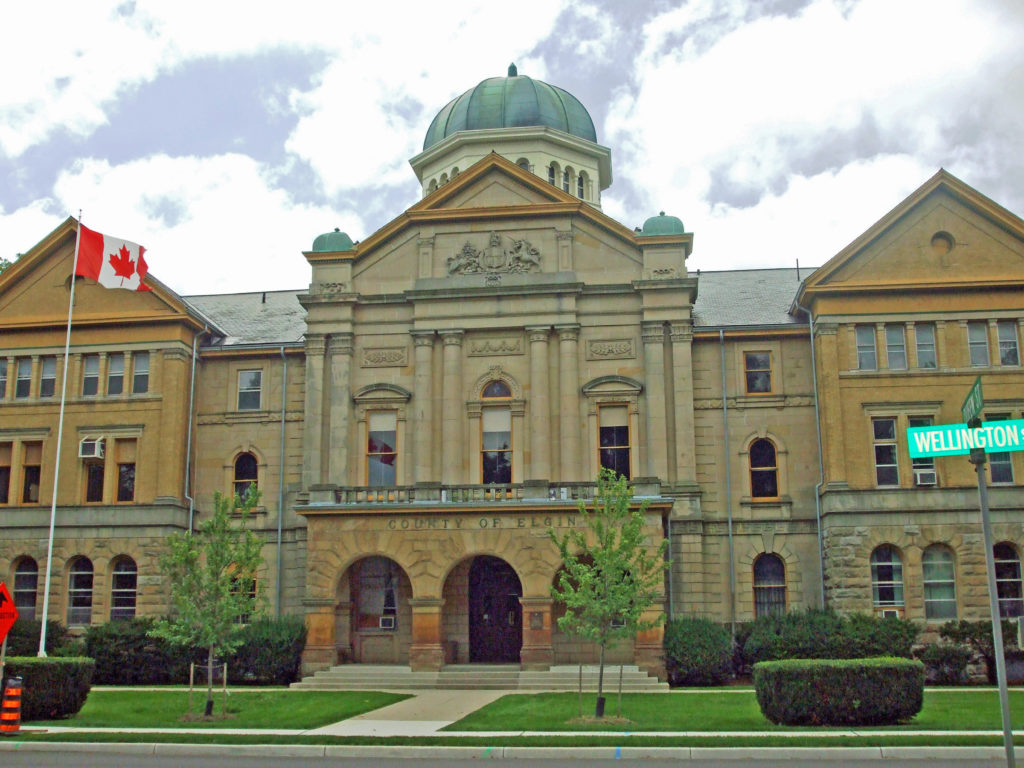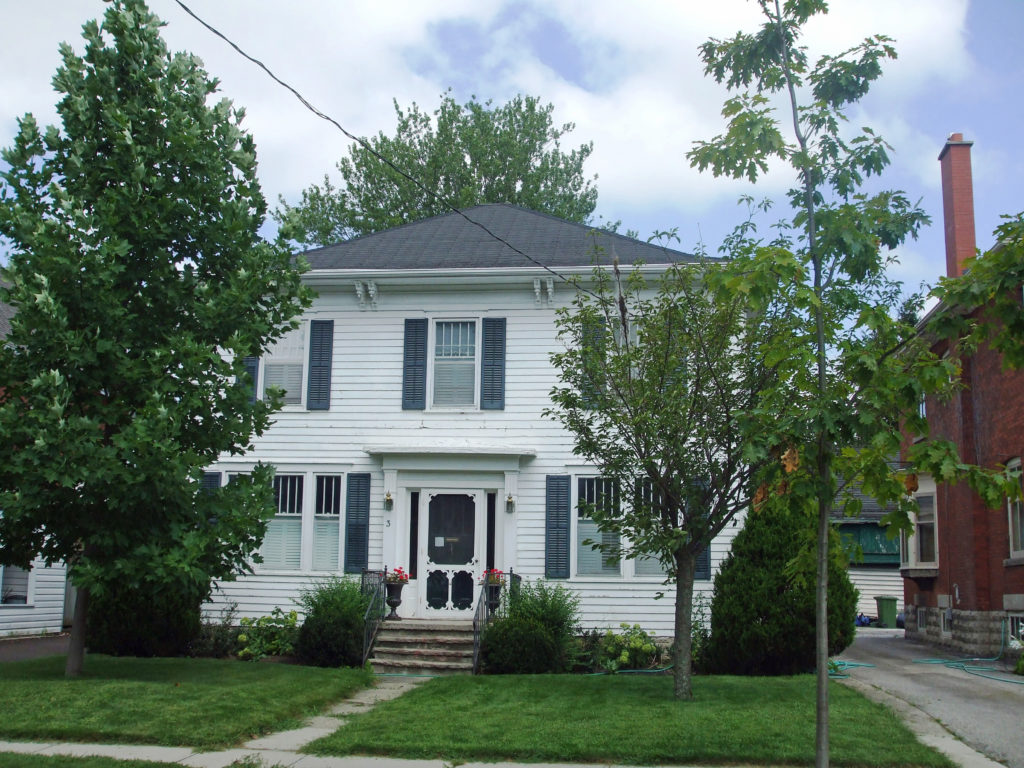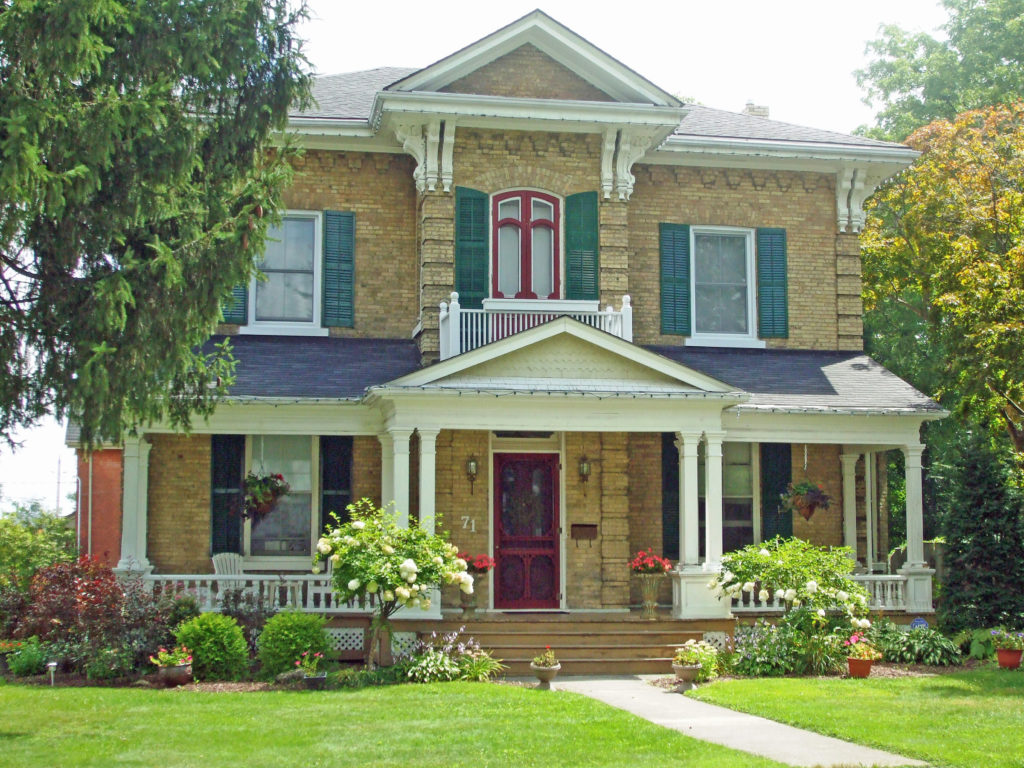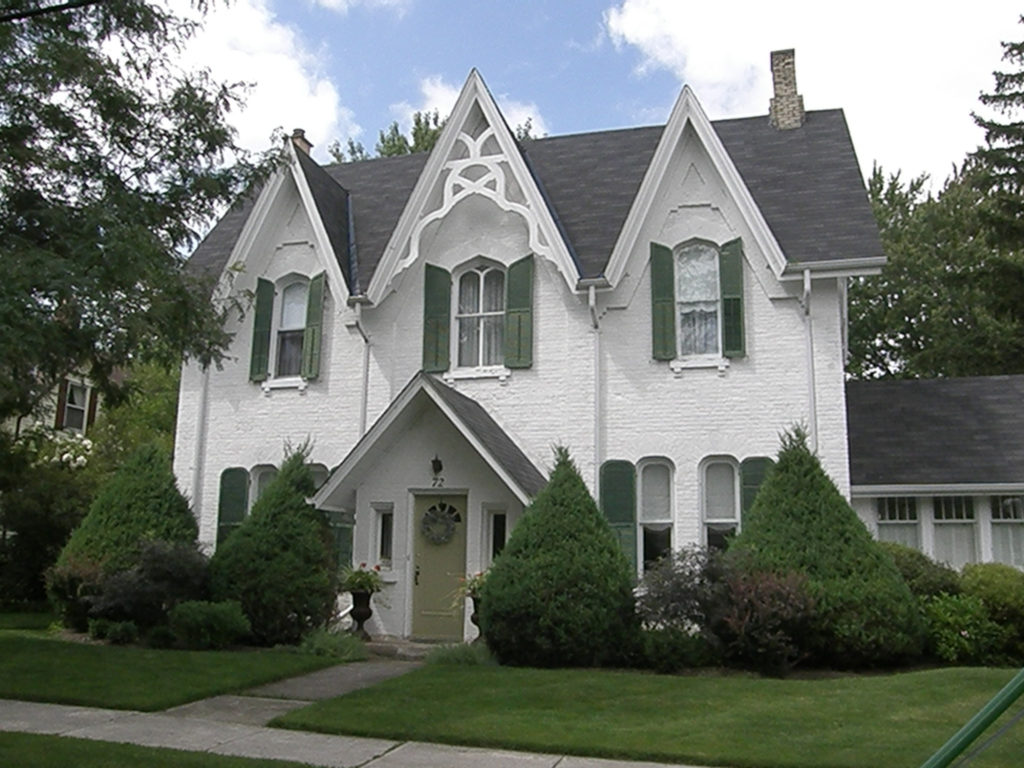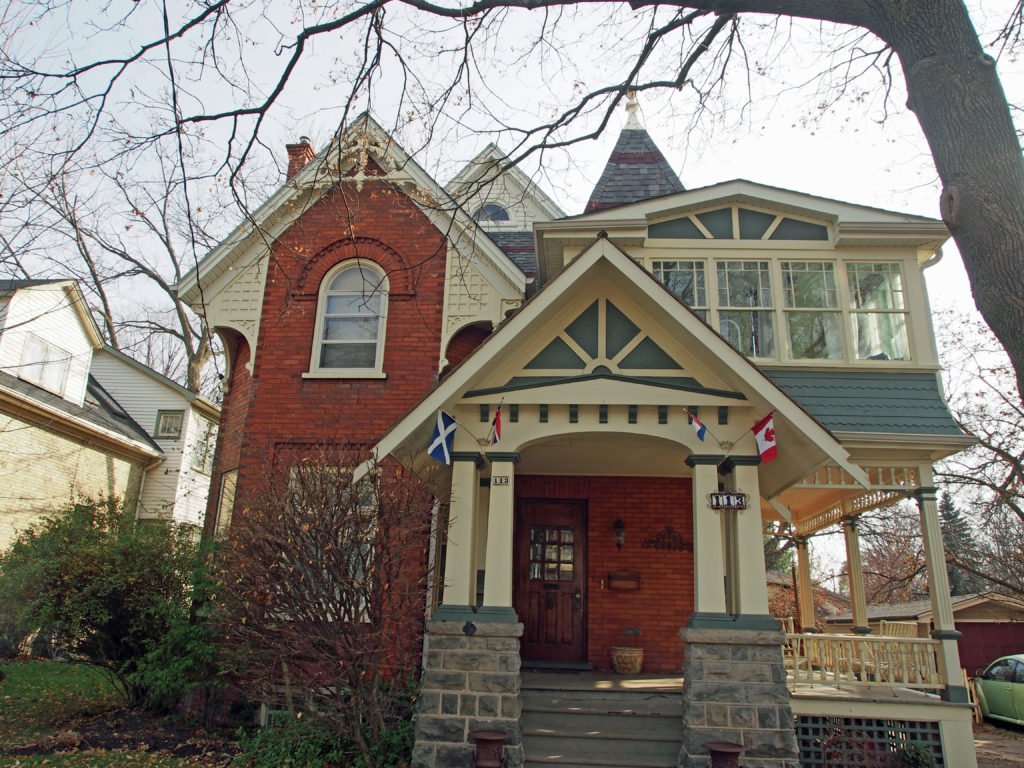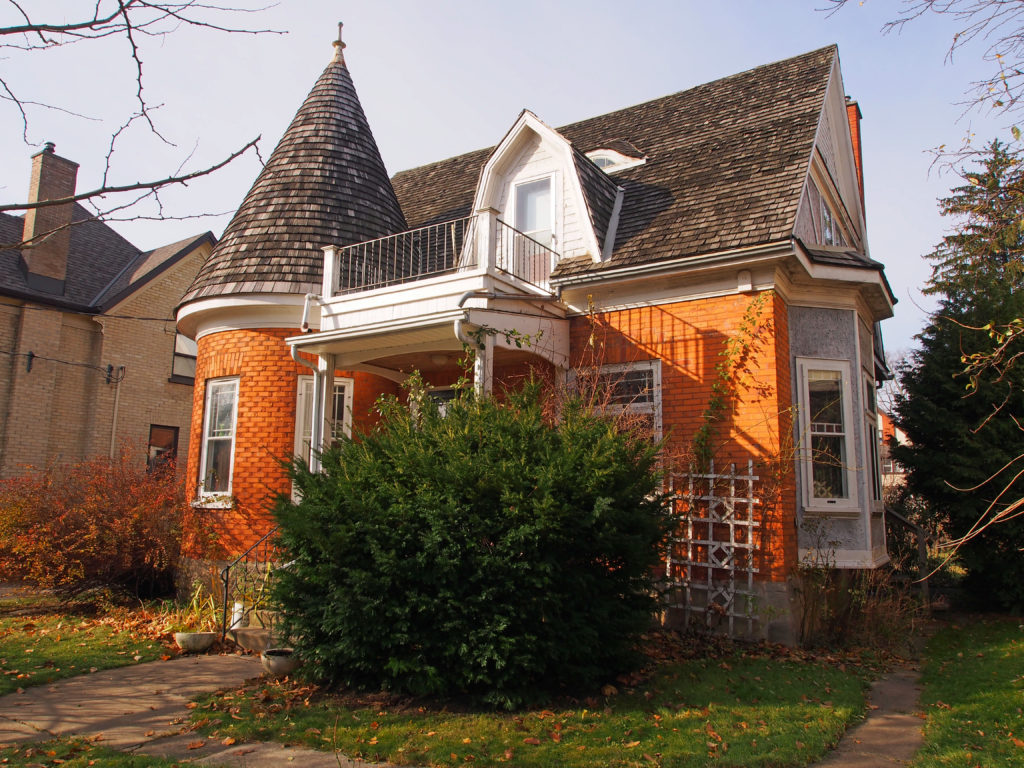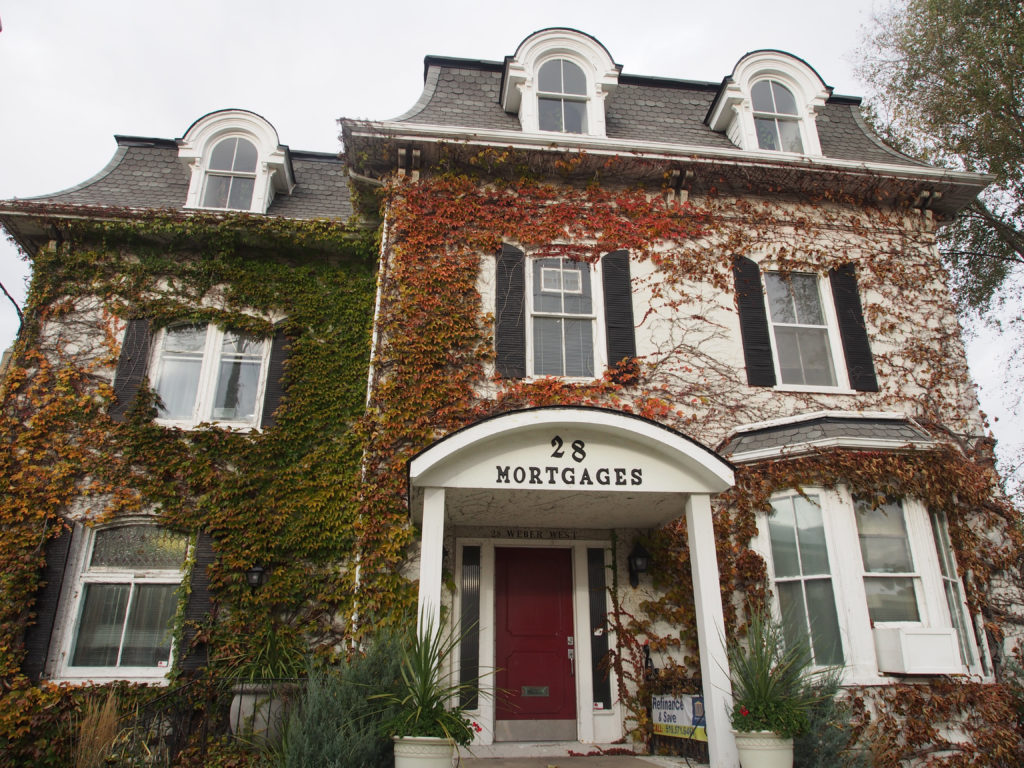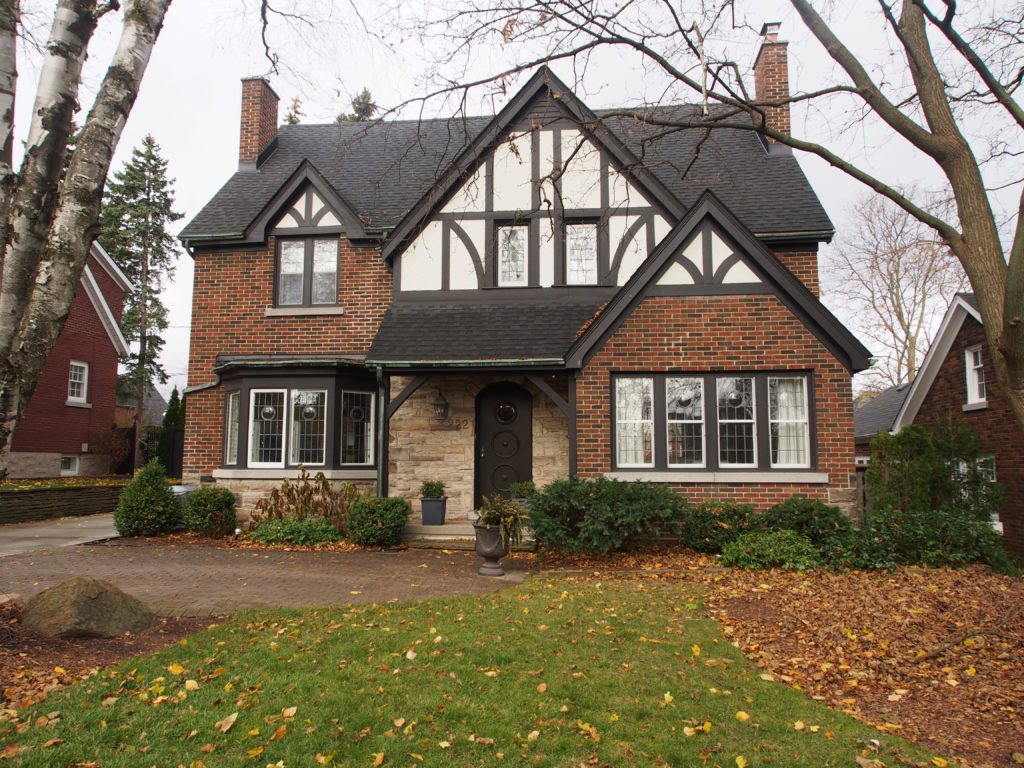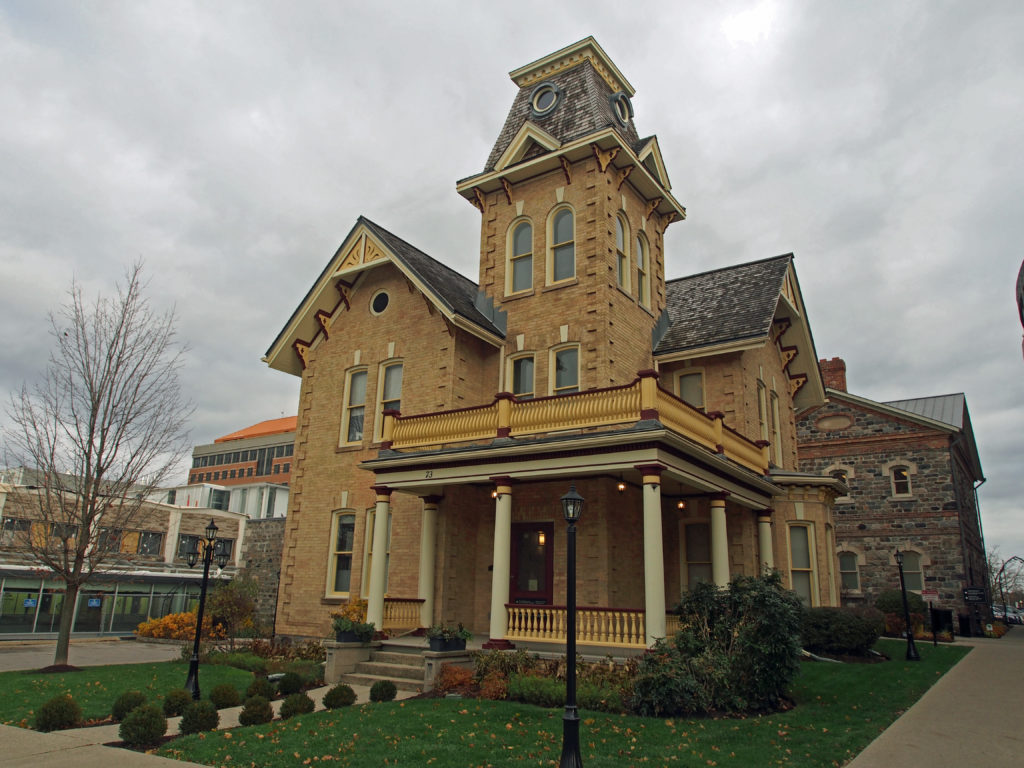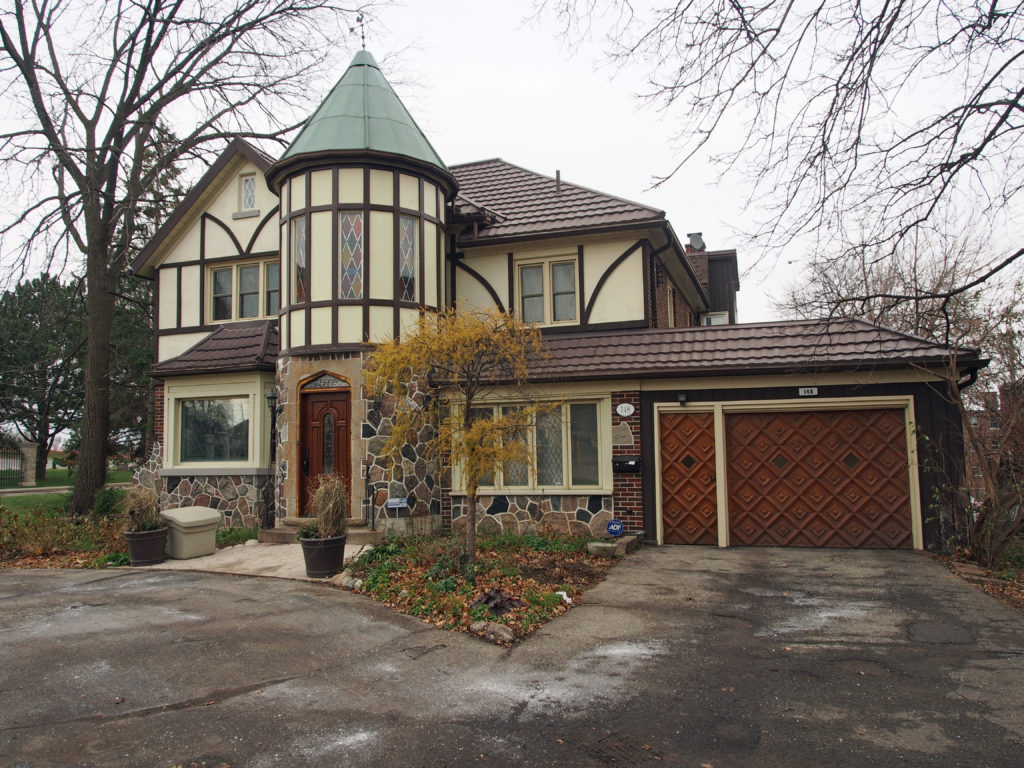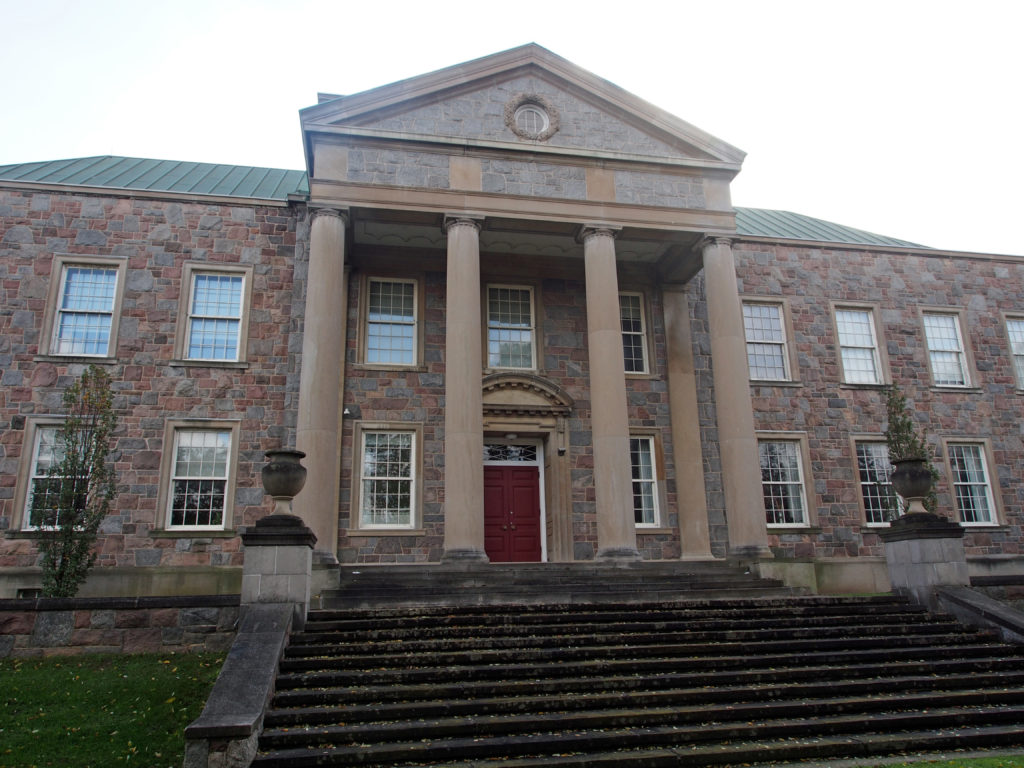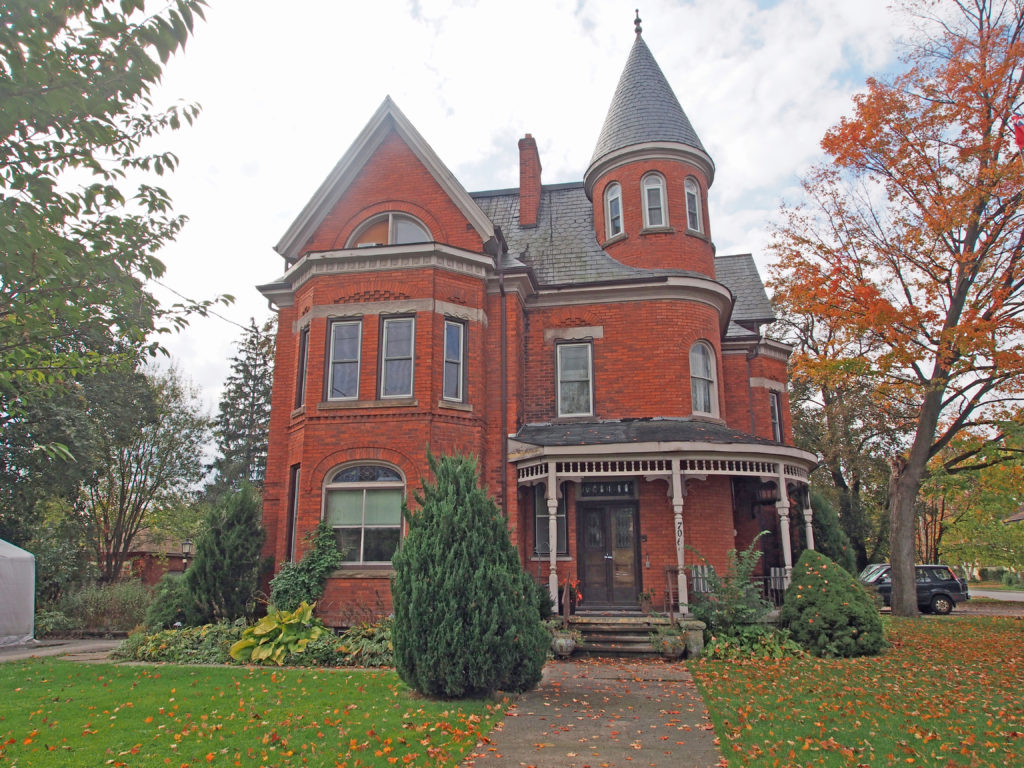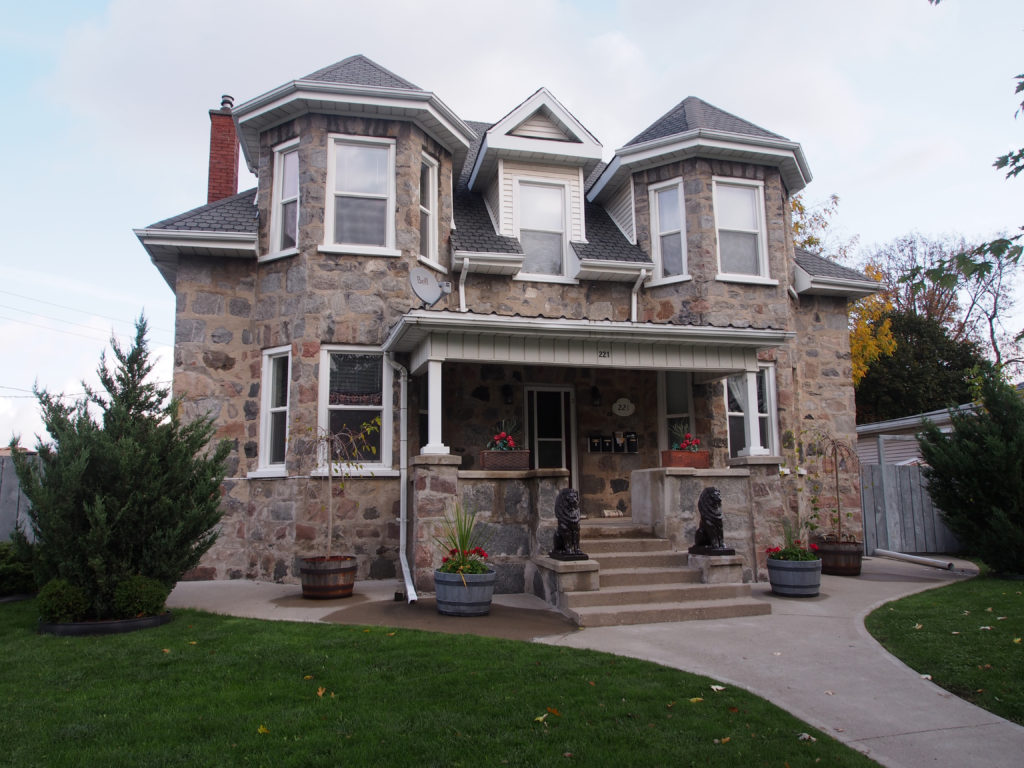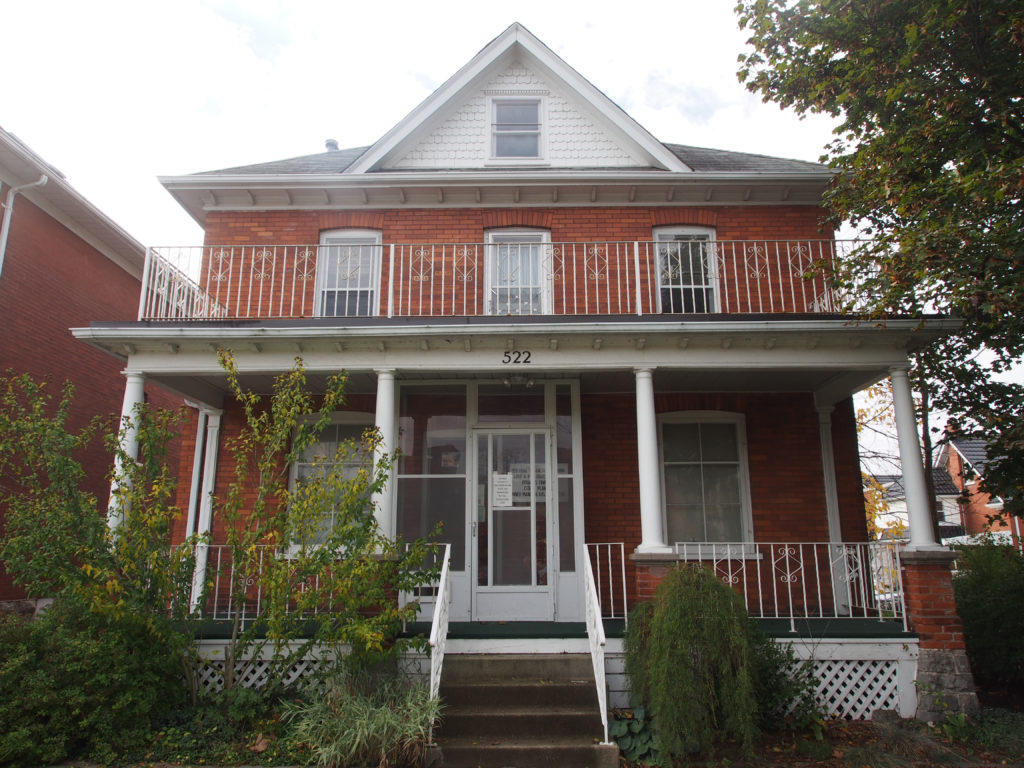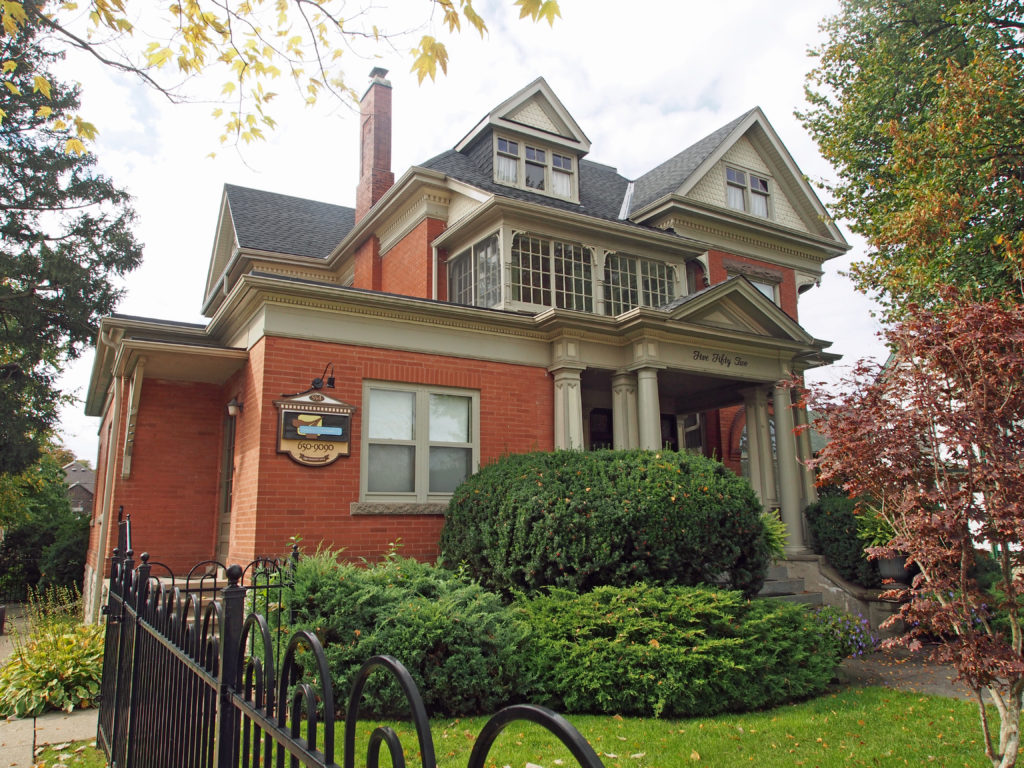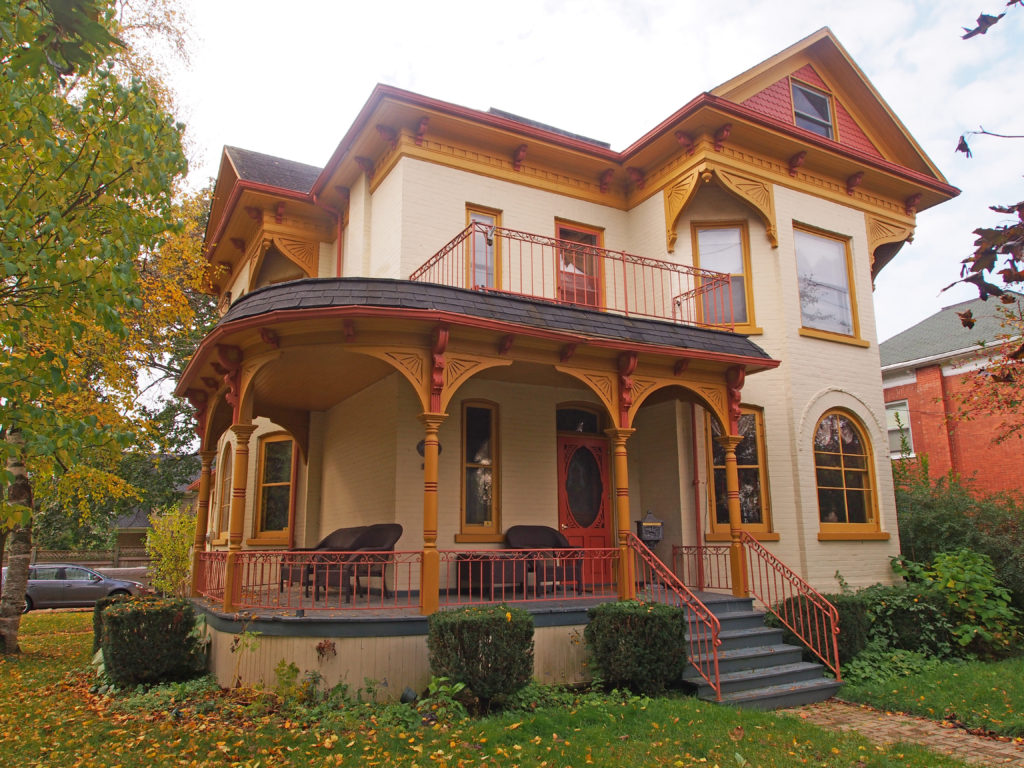Hanover, Ontario – My Top 5 Picks
Hanover is located on Grey/Bruce County Road 4, east of Walkerton and west of Durham. Hanover marks the boundary between Grey County and Bruce County. In 1849, the first pioneer, Abraham Buck, stood on the banks of the Saugeen River and looked about him at the thick forest of hardwood timber where the deer, bear and wolf ran free. The sky was filled with wild pigeons and the streams teamed with fish. He expressed the words, “It is good for us to be here.†Edward Goodeve opened one of the first stores. Henry Proctor Adams built the dam and the first mill and drew up plans for the village – a man of vision who could foresee the future growth of the town.
The village grew and prospered with large factories and new businesses manufacturing furniture, knitted goods, cement, milled products and other items. Roads were improved, street lighting was added, and facilities for education and recreation were built.
The coming of the railway enabled the factories to ship their goods from coast to coast and by the 1920s, the town was known for its fine furniture and given the title of “The Furniture Capital of Canadaâ€.  During the depression, the large furniture factories and other associated plants kept on working with a reduced work force.
Hanover moved forward into the 1950s with factories continuing to manufacture fine, hardwood furniture, textiles, flour, processed food and kitchen cabinets.
The milk wagons were pulled by horses plodding from door to door along the shady streets, but this ended as larger grocery stores with refrigeration opened. New schools and additions were needed to meet the expanding numbers of children.
The decades from 1970 to the year 2000 saw the decline of manufacturing, especially in the large factory settings. The older factories producing hardwood furniture could not compete with the cheaper, imported products. Railway freight began to decrease as highways improved and transport trucking took over.
Smaller businesses replaced the giant factory complexes. The unused rail lines are now scenic walking trails.
